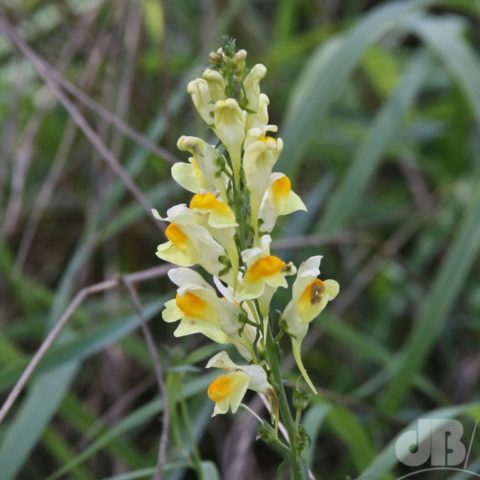As the name of the Toadflax Brocade moth might suggest, its purported larval foodplant is toadflax, which could one of dozens of Linaria plant species. The “brocade” refers to the patterning on the wings of the moth, which might to a fanciful entomologist remind one of a heavy fabric interwoven with a rich, raised design.
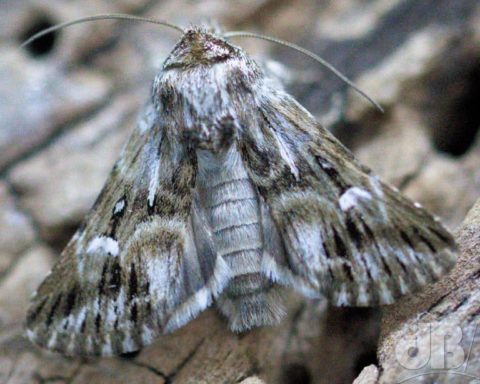
Anyway, we saw a solitary larva of this species on our garden waste bin a couple of years ago, I blogged it at the time. Two summers later and an adult finally made an appearance in the scientific trap last night, drawn to the 40 Watt actinic UV tube. There were a few dozen other moths in the trap, all ones that have put in several appearances over the summer weeks. It’s been a mad year in this part of Vice County 29, far fewer moths seen in far lower numbers than in the heady days of the summer of 2019.
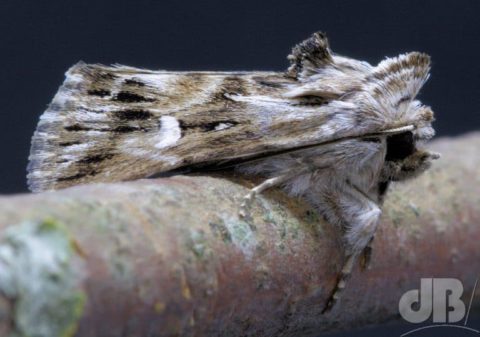
That was my first full season with the trap and one sultry night had almost 500 specimens of more than 100 species to count and catalogue before freeing into the undergrowth some way away from the trap site. At the time of writing, 25 species new for the garden so far in 2021. There’s still plenty of time for something special to arrive, still hoping to see December Moths later in the year, of course!
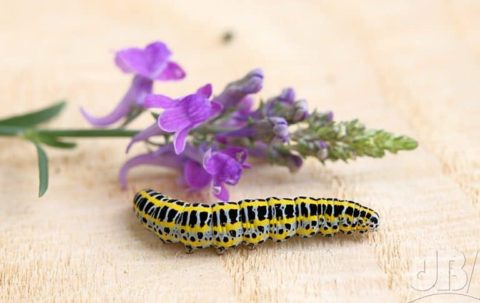
According to the UK Moths site: “As a resident species, this moth is restricted to the south-east and central southern coasts of England, where it frequents mainly shingle beaches. It is a relatively recent colonist, arriving around 1950 and quickly gaining a foothold, but appears to be now in decline again.”
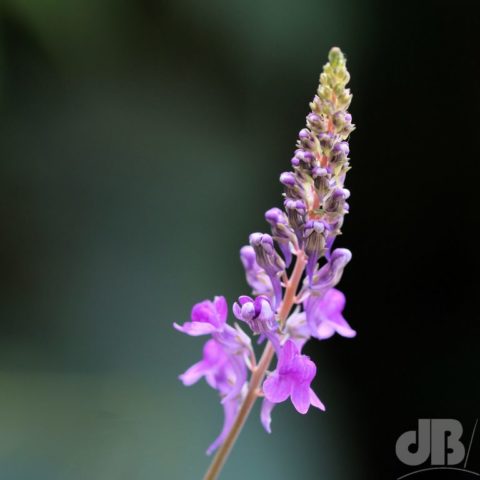
Its scientific name is Calophasia lunula which hints at a heat phase and perhaps the moon-like quality of some of its wing marking…but that’s just a guess and Peter Marren doesn’t seem to mention the scientific binomial in his excellent book Emperors, Admirals & Chimney Sweepers. Actually, I recall now, a lunula is a crescent moon marking, like the white at the base of one’s fingernails. Also refers to a Bronze Age necklace.
